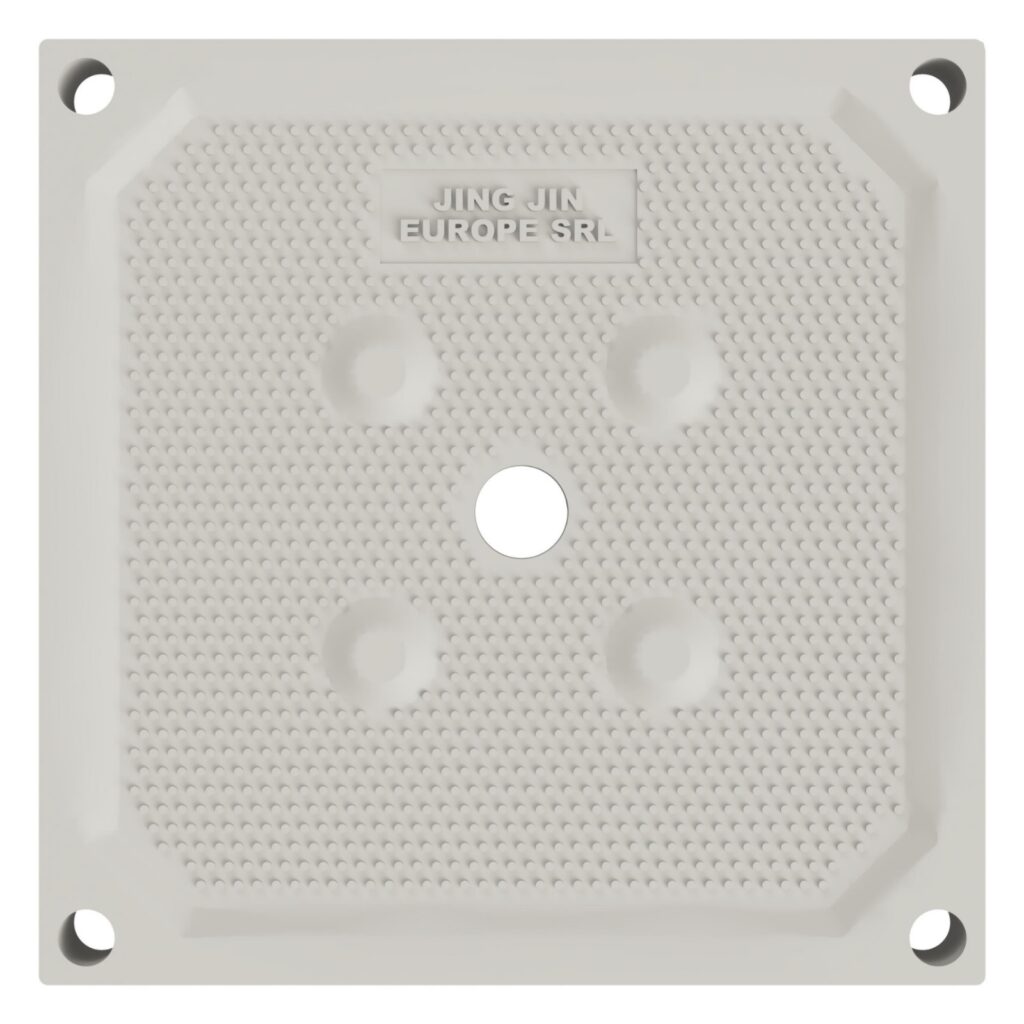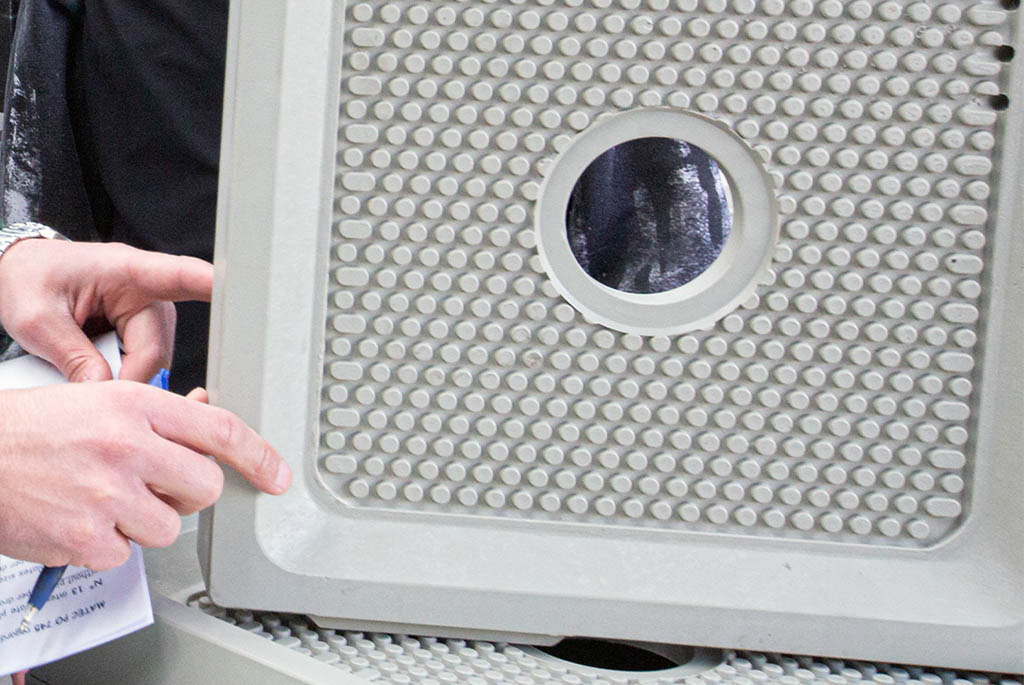1. Regular Cleaning: Conduct regular cleaning of filter plates to remove accumulated solid. Use correct cleaning agents recommended by the manufacturer and follow specific instructions to obtain the best results.
2. Wear and Tear Inspection: Regularly inspect filter plates for any signs of wear such as cracks, deformations, or material deterioration. Promptly replace damaged plates to avoid efficiency losses or sudden failures.
3. Pre-treatment: If the liquid to be processed contains abrasive particles or impurities, consider pre-treating the liquid to reduce unnecessary damages of filter plates. For example, pre-filtration can decrease solids load on the plates and help to extend their lifespan.
4. Plate Material Selection: Ensure to use filter plates made of durable materials suitable for your specific needs. Consult the manufacturer to identify the most suitable material based on process characteristics such as corrosivity, temperature, and chemical compatibility.
5. Correct Installation: Ensure that plates are properly installed in the filter press. Follow the manufacturer’s instructions and make sure all plates are positioned and tightened correctly to ensure optimal sealing and prevent leaks.
6. Pressure Control: Monitor and carefully control working pressure during the filtration process. Excessive pressure can cause deformations or breakage of the plates. Maintain appropriate pressure to avoid plates damage.
7. Lubrication of Moving Components: If your filter press includes moving components, such as plate opening and closing mechanisms, ensure they are regularly lubricated. Use lubricants recommended by the manufacturer to reduce friction and wear and tear during operation.
8. Monitoring of Filtration Parameter: During the filtration process, closely monitor all key parameters such as pressure, liquid flow, and temperature. Keeping these parameters within the recommended operating limits by the manufacturer will help reduce wear on the filter plates. Address any deviations or anomalies promptly to avoid plate damage.
9. Preventive Maintenance: Regularly perform preventive maintenance actions on the filter press to identify and address any issues or malfunctions that could damage the filter plates. Planned maintenance will help preserve the plates and extend their lifespan.
10. Routine Training: Ensure that the personnel responsible for using the filter press are adequately trained in the proper management of filter plates. Teach staff the correct procedures for cleaning, installation, and maintenance to maximize efficient filter operation.






